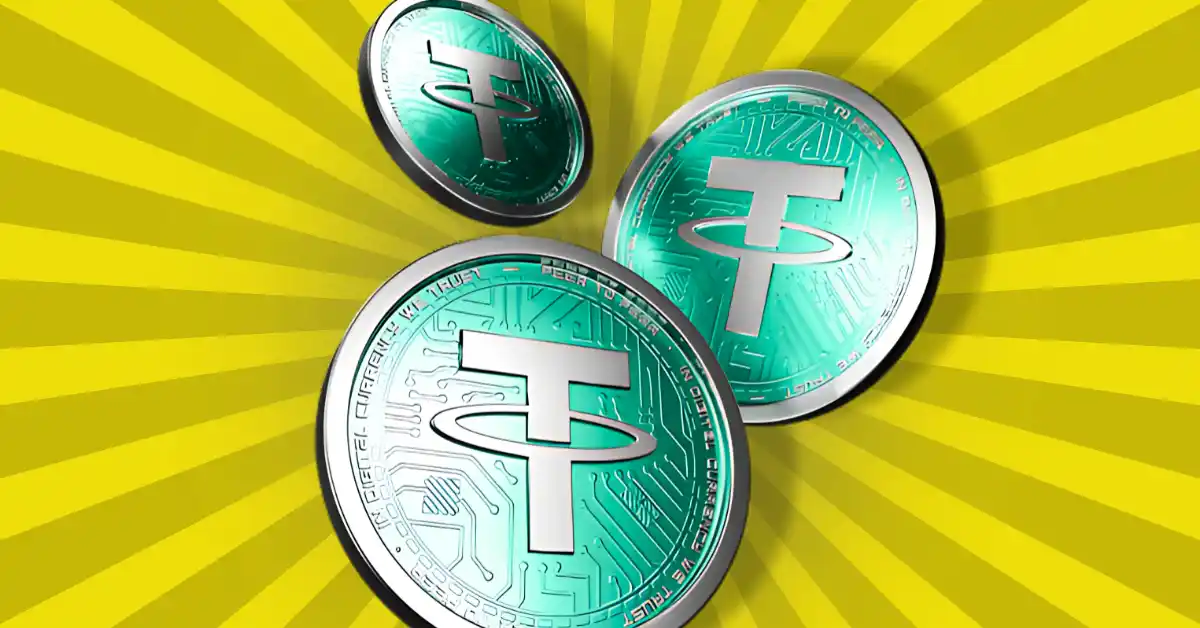The Billion-Dollar Question: Decoding Tether’s USDT Expansion
The cryptocurrency world is currently captivated by a dramatic development: Tether’s prolific minting of USDT, the dominant stablecoin. In recent weeks, particularly around Federal Open Market Committee (FOMC) meetings, Tether has authorized and issued billions of USDT across blockchains, predominantly on Tron, but also on Ethereum. This isn’t a one-off; data points to increased minting throughout 2024 and 2025, provoking questions about its effect on Bitcoin, the wider crypto ecosystem, and the fundamental forces at play.
Decoding the Numbers: The USDT Creation Spree
The sheer scale of USDT creation is hard to ignore. Confirmations from sources like Whale Alert, Arkham Intelligence, and Lookonchain consistently show billion-dollar mints in recent weeks. The Tron network has been the primary recipient, with over 17 mints exceeding $1 billion occurring in 2025 alone. Recent activity clustered around the June 18th FOMC meeting and Bitcoin’s surge past $106,000. While Tether’s CTO, Paolo Ardoino, clarified that some reported “minting” represents authorization, not immediate issuance, the overall trend is unequivocally upward. Total USDT supply has ballooned rapidly. This unprecedented speed and scale suggests a seismic shift in market dynamics.
The FOMC Factor: Anticipation and Monetary Policy
The timing of these USDT mints directly correlates with FOMC meetings and key economic data releases, notably US inflation figures. The FOMC, the Federal Reserve’s monetary policy arm, drives interest rates and other economic strategies. The market intensely analyzes FOMC meetings and minutes for clues on future economic conditions.
The anticipation of Federal Reserve interest rate cuts appears a major catalyst driving USDT demand. Lower rates tend to encourage investment in riskier assets like Bitcoin, and USDT serves as the primary entry point into the crypto market for many investors. Minting USDT before FOMC meetings indicates a proactive attempt to provide sufficient liquidity for anticipated market activity. The release of FOMC minutes, providing detailed insights into the committee’s deliberations regarding forward guidance, further amplifies this effect.
Waves in the Market: Liquidity, Volume, and Price Momentum
The increasing prevalence of USDT undeniably impacts the cryptocurrency market. Initial effects include bolstered liquidity. Increased stablecoin availability promotes smoother trading and reduced slippage, especially for large orders. There’s an observable correlation between USDT minting and trading volume. For instance, on a day with a $1 billion mint, USDT trading volume against Bitcoin increased significantly.
This increased liquidity can catalyze price increases. Some analysts suggest USDT minting precedes Bitcoin price rallies, as investors spend newly minted stablecoins to purchase BTC. Indeed, minting coincided with Bitcoin breaking $106,000, although correlation doesn’t signify causation. Ample USDT supply also supports the growth of DeFi protocols, provides the necessary stable asset for lending, borrowing, and yield farming,
Ripple Effects: Beyond Bitcoin
While Bitcoin often steals the spotlight, this USDT surge impacts other cryptocurrencies. The launch of Canada’s first spot XRP ETF, occurring amidst USDT minting, signals broader market optimism. Ethereum also benefits from added liquidity, as USDT fuels ETH trading and participation in Ethereum-based DeFi protocols.
The USDT minting reflects rising general stablecoin demand. This demand stems from both retail investors seeking a safe haven in the volatile crypto landscape and institutional investors searching for efficient capital allocation methods. The emergence of Tether competitors, like Circle’s USDC, emphasizes the increasing stablecoin significance in the financial world. Binance and Circle’s recent collaborations hint towards a potential challenge to Tether’s dominance, but for now, Tether reigns supreme.
Shadows of Doubt: Transparency and Risk
Despite positive implications, the heightened USDT minting raises valid issues surrounding transparency and potential risks. Lingering controversies surrounding Tether’s reserves and claims of full USD backing persist. While Tether has pursued transparency improvements, questions linger regarding reserve composition and true backing extent.
The potential for manipulation combined with “The Illusion of Trust” underscore the underlying dangers of depending on a centralized stablecoin issuer. Manipulation or mismanagement of reserves could severely affect the entire crypto market. The fact that a substantial portion of minted USDT isn’t immediately in circulation complicates matters and prompts questions about its intended purpose.
The Ticker Tape: Confidence or Correction?
The USDT minting surge presents a multifaceted phenomenon with broad implications. It reflects increased liquidity and potential cryptocurrency market demand, fueled by anticipated favorable Federal Reserve monetary policy. The timing of mints, aligning with key economic events and Bitcoin’s movements, suggests strategic intent to capitalize on market potential.
However, caution is crucial. Underlying concerns about Tether’s transparency and the potential risks arising from centralized stablecoins remain. Whether this enormous USDT influx triggers a lasting bull market or merely fuels a temporary bubble remains uncertain. The market teeters on the edge of a future upswing, and the next few weeks will prove crucial in indicating the long-term results of this billion-dollar signal.

